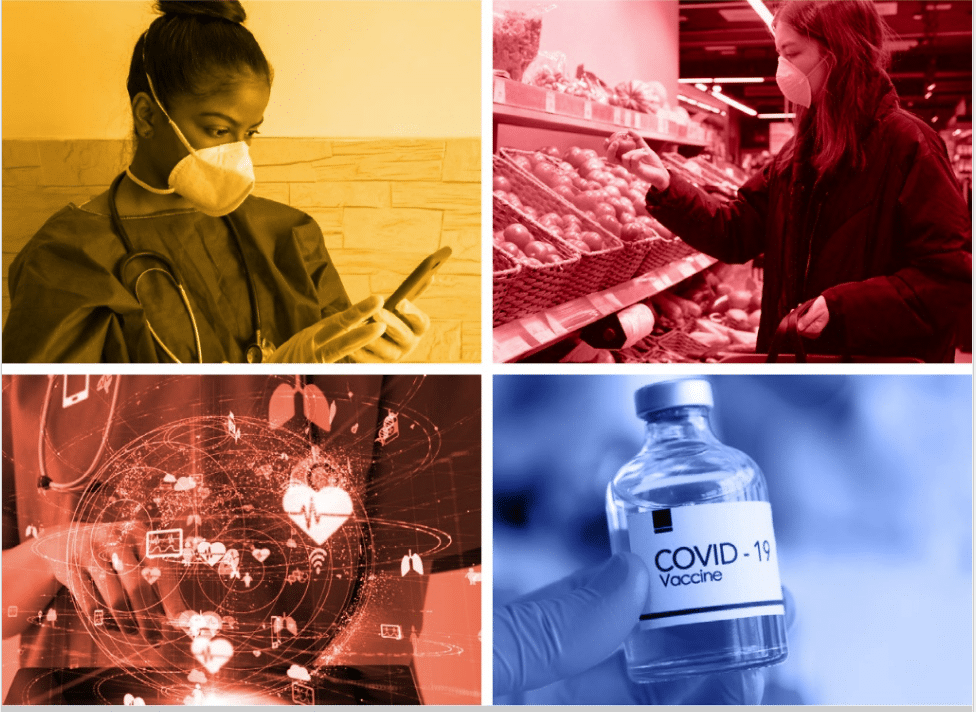As the COVID-19 vaccine begins to roll out in the U.S., communicators can play a critical role in increasing vaccine confidence and uptake. In a survey conducted in November, the Pew Research Center found that 60 percent of Americans said they would “probably” or “definitely” get a vaccine to prevent COVID-19, a 12-percentage point decrease since May.
Based on previous research, employers are increasingly becoming trusted sources for information, and they can positively impact vaccine uptake. Assumptions and gut checks will not cut it, nor will simple information campaigns. To truly effect behavior change, communicators must understand the science behind vaccine communication. Therefore, research is critical.
The reason why people may be vaccine hesitant depends on multiple audience characteristics, such as their community, political views, religion, culture, and demographics (including race/ethnicity, level of education, etc.), among others. Health literacy or how people understand basic health information also has an impact. In a 2017 study by Makarovs and Achterberg, several factors were identified that could increase vaccine uptake: how likely people believe they are at risk for a disease; the potential severity of the disease; and the vaccine’s efficacy and safety.
To help understand the science behind vaccine communication, the Institute for Public Relations has launched a Vaccine Communication Resource Center featuring research articles, guides, and plans for communicators to help with the science behind vaccine communication. Within the resource center is a new guide published by the Institute for Public Relations, “A Communicator’s Guide to COVID-19 Vaccination,” featuring nearly 30 contributors and more than 100 research articles and resources outlining some of the determinants of vaccine hesitancy and uptake.
Within the guide is a section on the importance of understanding audiences, including those affected by health inequalities and at-risk groups. For example, the Pew Research Center found that Black Americans are one of the least likely groups (42 percent) to say they “probably” or “definitely” will get a vaccine. Ernest Grant, president of the American Nurses Association, told NPRthat he attributes this to a history of abuse and racism against Black people and a need for more opinion leaders visibly supporting the COVID-19 vaccination.
The IPR Guide also covers topics such as disinformation and trust as UNESCO has termed COVID-19 to be a “disinfodemic,” a combination of an over-abundance of information blended with disinformation. Additionally, levers and evidence-based principles from communication, psychology, and behavioral science studies are included that can help guide applications, messaging, and strategies. Biases are covered as well as the inoculation theory, which explains how people can debunk false claims and misinformation through “inoculation” before people encounter them.
Theories and models also are included to help develop frameworks for application and to guide behavior. For example, the COM-B model of behavior was created from 19 other behavior-change frameworks to show how capability, opportunity, and motivation serves at the core of behavior change and how interventions and policies can have an impact as well. Understanding levers, theories, and models can help communicators produce smart and effective campaigns.
The key, though, is research. Communicators must understand various audiences and their influencers, incorporating into their strategies both listening and cultural sensitivity, which means having an awareness of differences and similarities among and within cultures without passing positive or negative judgment. Vaccine communication is not a one-size-fits-all program and will take time and resources. Having a strategy to increase vaccine uptake can also help communicators speed up the social and economic recovery.
In a McKinsey & Company article predicting when the COVID-19 pandemic will end, the authors said that once we get past the necessary vaccine coverage percentage, other behaviors will be needed (i.e., monitoring, treatment of isolated cases, etc.), but these will fall under “normal” infectious disease management. As the authors concluded, “The short term will be hard, but we can reasonably hope for an end to the pandemic in 2021.” Hopefully, communicators will play a leadership role in vaccine communication, taking advantage of a tremendous opportunity to increase vaccine uptake and ultimately, save lives.
Download A Communicator’s Guide to COVID-19 Vaccination here.






